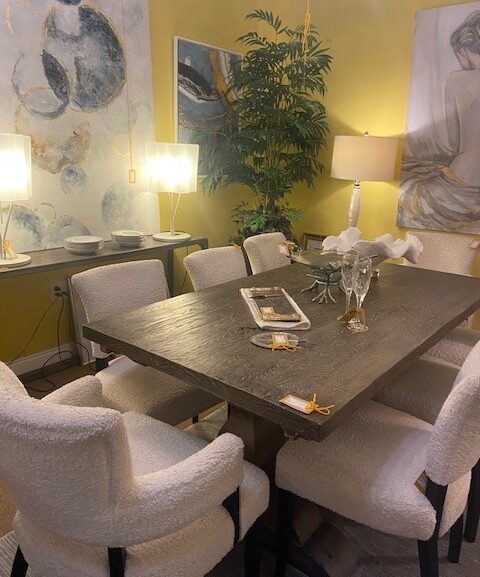Choosing the right furniture for your home can be an exciting yet daunting task. With countless options available, making the best decisions for your space, style, and budget requires careful consideration. Here’s a guide to help you navigate the process and create a harmonious, functional, and stylish home environment.
1. **Assess Your Space**
Before purchasing any furniture, take stock of your available space. Measure each room, noting dimensions and any architectural features such as windows, doors, and built-in elements. Understanding your space helps in selecting furniture that fits well and doesn’t overcrowd the room.
2. **Define Your Style**
Your home should reflect your personality and preferences. Identify the style that resonates with you—whether it’s modern, traditional, minimalist, bohemian, or a blend of styles. Look for inspiration in magazines, online platforms like Pinterest, and showrooms. Having a clear vision of your preferred style will streamline your choices and ensure a cohesive look.
3. **Prioritize Functionality**
Think about how you use each room and choose furniture that serves those purposes. For instance, a living room might need comfortable seating and a coffee table, while a home office requires a functional desk and storage solutions. Multi-purpose furniture, like sofa beds or storage ottomans, can maximize functionality in smaller spaces.
4. **Consider Quality and Durability**
Investing in quality furniture pays off in the long run. Look for pieces made from durable materials like solid wood, high-quality fabrics, and sturdy metals. Check for construction details such as dovetail joints in drawers and reinforced frames. Quality furniture not only lasts longer but also often provides better comfort and aesthetics.
5. **Match Colors and Textures**
Harmonizing colors and textures within a room creates a balanced and inviting atmosphere. Choose a color palette that complements your overall home decor. Mix and match textures—such as wood, metal, glass, and fabric—to add depth and interest to your space. For example, pair a sleek leather sofa with a cozy woolen throw and a rustic wooden coffee table.
6. **Mind Your Budget**
Determine a budget before you start shopping. Prioritize essential pieces and allocate more of your budget to items that will be used frequently, like a sofa or dining table. Look for sales, discounts, and second-hand options to get quality furniture without breaking the bank. Remember, you don’t have to furnish your entire home at once; it’s okay to take your time and gradually acquire pieces.
7. **Think About Maintenance**
Consider the maintenance requirements of different materials. Some fabrics may require special cleaning, while others are more resistant to stains and wear. Wood furniture may need periodic polishing or oiling. Choose materials that suit your lifestyle and the level of care you’re willing to provide.
8. **Try Before You Buy**
Whenever possible, visit showrooms to see and feel the furniture in person. Sit on chairs, sofas, and beds to test for comfort. Open drawers and doors to check for smooth operation. Seeing furniture in person can give you a better sense of scale, color, and quality than online images.
9. **Personalize with Accessories**
Once you have your main furniture pieces, personalize your space with accessories like rugs, pillows, artwork, and lighting. These items can add color, texture, and personality to your home, making it uniquely yours.
10. **Plan for the Future**
Choose furniture that can adapt to your future needs. Opt for versatile pieces that can fit into different rooms or be repurposed over time. This is especially important if you anticipate moving or changing your living arrangements.
Conclusion
Selecting the right furniture for your home is a blend of practical considerations and personal preferences. By assessing your space, defining your style, prioritizing functionality, and considering quality and budget, you can create a comfortable and aesthetically pleasing environment. Take your time, enjoy the process, and remember that your home should be a reflection of you.
Happy decorating!


Recent Comments